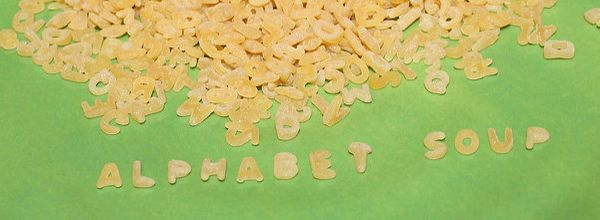When you share an incubator with a number of people it can be very hard to keep a clean shop and months, or more, of work can be lost due to contamination.
The two biggest sources of bugs in an incubator are:
- the water pan
- the containers being put in and out.
Both of these can be kept sterile using a few tips that we’re going to tell you now so say goodbye your pesky bugs! No more invaders of your incubator!
The Best Approach To Keeping a Clean Incubator
What works best for you will depend a lot on personal preferences. We’ll look at some of the options open to you but first, these are two mandatory steps and will do 95% of the job of keeping your incubator clean.
Mandatory Step 1
Easiest step of them all and this one is MANDATORY: the water in the water pan in the incubator must be changed WEEKLY. No wiggle room on this! Pure water should be used. This means UV sterilised and 0.22uM filtered or equivalent. If you don’t have water like this, at least autoclave the water. Check the water pan every time you open the incubator and never let it run dry but care should also be taken to not overfill the water pan.
Mandatory Step 2
Second easiest step: 70% IMS (industrial methylated spirit) or virkon MUST be used on anything going into the incubator. Please note: ethanol kills bacteria but not fungi so it just won’t cut it!
Okay, now that we’ve got those out of the way, feel free to pick any of the below options to get rid of as much of the rest of the risk of infection as possible. Please note that certain options are better for certain types of incubators.
Methods to Keep the Incubator Clean
Option 1: Copper Sulfate
In 10 L of pure water, add 10 g copper sulfate and 0.2 g EDTA. Fill your water tray to the mark. Once you see a blue deposit in the tray, it’s time to change the solution but once a week is the best rule of thumb. If you do not have a copper lined CO2 incubator, copper sulphate may corrode your stainless steel interiors though so double check what you’ve got before trying this one! If you decide you can use this option and something still grows, you may need to add more copper sulfate.
Option 2: Commercial Antimicrobial Products
–Roccal-D (Pfizer product, is only good for bacteria and viruses and is not good for the environment!)
–Clear Bath®* (Spectrum), Aquaguard-1* (Promokine, good for stainless steel and plastic),
–Aqua EZ Clean (T-Pro Biotechnology, prevents bacterial growth and has a convenient color change system when it needs to be changed)
–SigmaClean®* (Sigma Aldrich)
-Silver Ionic Sticks . These can get expensive and modern incubators shouldn’t need them if everyone takes care of them and watches their aseptic technique. If you do decide to buy them though, shop around as some are available through third party sites like Amazon and eBay and are A LOT cheaper there!
*Manufacturer’s site does not state what specifically it kills.
Option 3: Sodium azide
This one I’m not recommending as it’s bad for the environment (and highly toxic) but I’m including it for the sake of completeness. 0.2 g sodium azide per 1L pure water should be plenty.
Dealing with Already Contaminated Incubators
If you’ve already encountered an unwelcome fuzzy wuzzy in your incubator follow these steps:
- Take out the water pan and racks and sterilize them with 70% IMS before autoclaving them. Wipe down the inside and outside of the incubator with 70% IMS. As an alternative to IMS you can use Spor-Klenz, Mycoplasma-ExS, PromoCidal and Spore-EX Disinfection Sprays or Disinfection Wipes. If you have a self-cleaning incubator, run at least 1 intense cleaning cycle, such as a UV cleanse.
- Check each flask and other containers in the incubator for contamination and wipe down each one before replacing it in the incubator.
- Add sterile water to the water pan (if present) as well as a microbicidal.
- Try to figure out where the contamination came from. If all the flasks are not contaminated, then it was probably the pan water. Alternatively, if you have a self-cleaning incubator, it could be that the water source connected to the incubator is the problem. Check to see if any other labs nearby are having the same problem.
- Once everything seems to be clean, you can leave an open bottle of clean media or an open agar plate in there for a few days to see if anything grows. Please note, the incubator should not be disturbed during this time to prevent bugs from wafting in and giving you false positives.
- If the contamination comes back, talk to your lab group about how to avoid contamination in the future (improving aseptic technique etc.) Chances are someone is overfilling the water pan or something else easy to fix but worst-case scenario buy a new water pan.
For a more complete guide, see this BitesizeBio article.
Pro-Tip: Keep newly thawed cells separated from established cultures until you know they are bug free and be careful about where you get your cells – maybe it is worth it to pay ATCC rather than get them for free.
Do you have any other tips for keeping your incubator clean? Post them below.







